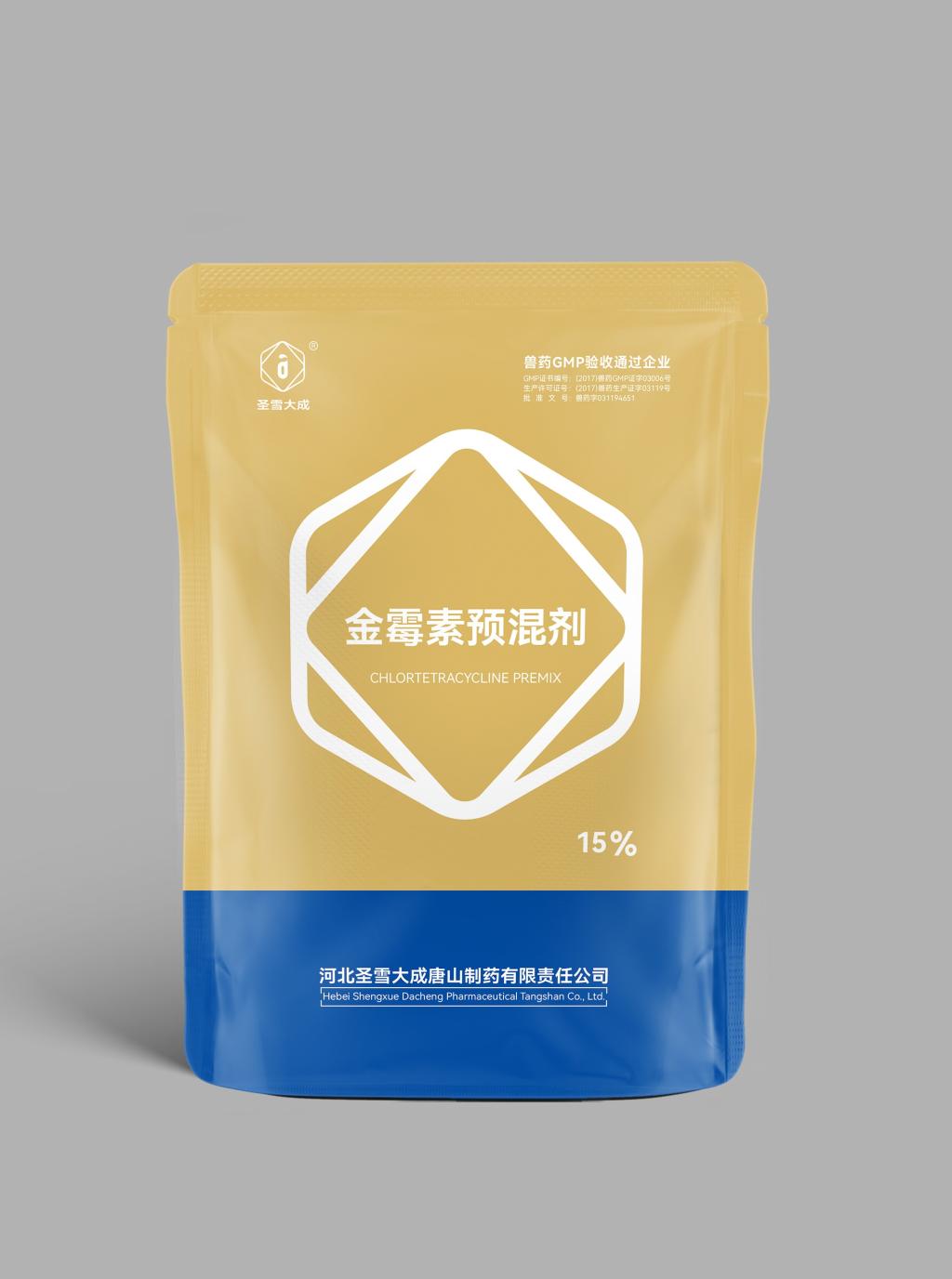Tel:0086 18231198596

News
Current Position:
Home >
News
>Chlortetracycline Premix: Bridging the gap between animal health and food safety.
Chlortetracycline Premix: Bridging the gap between animal health and food safety.
TIME:2024-06-03
Understanding Chlortetracycline Premix:
Chlortetracycline is a broad-spectrum antibiotic belonging to the tetracycline class of antimicrobial agents. It is effective against a wide range of Gram-positive and Gram-negative bacteria, as well as certain protozoa and rickettsiae. Chlortetracycline premix is formulated as a feed additive, typically in the form of a powder or granules, and is mixed with animal feed to deliver a predetermined dosage to livestock.
Applications in Animal Health:
Disease Prevention: Chlortetracycline premix is commonly used for the prevention and control of bacterial diseases in livestock, including respiratory infections, enteric diseases, and reproductive disorders. It helps to reduce the incidence and severity of infectious diseases, thereby improving animal health and welfare.
Growth Promotion: Chlortetracycline premix has been shown to improve feed efficiency and promote growth in livestock, leading to increased weight gain and better overall performance. It acts by modulating the gut microbiota, enhancing nutrient absorption, and reducing the prevalence of subclinical infections.
Coccidiosis Control: In poultry production, Chlortetracycline premix is used for the prevention and control of coccidiosis, a common parasitic disease caused by Eimeria species. It helps to reduce the severity of clinical signs, prevent secondary bacterial infections, and improve flock health and productivity.
Regulatory Considerations:
Antimicrobial Resistance (AMR): One of the primary concerns associated with the use of Chlortetracycline premix is the development of antimicrobial resistance. Overuse and misuse of antimicrobial agents, including Chlortetracycline, can contribute to the emergence of resistant bacterial strains, posing a threat to human and animal health.
Residue Management: Another regulatory consideration is the management of antibiotic residues in animal products, such as meat, milk, and eggs. The presence of Chlortetracycline residues in food of animal origin can pose risks to consumer health and may lead to regulatory non-compliance and trade restrictions.
Withdrawal Periods: Regulatory agencies typically establish withdrawal periods for Chlortetracycline premix, specifying the minimum duration between the last administration of the drug and the slaughter or milk withdrawal. Adherence to withdrawal periods is essential to ensure that antibiotic residues are below acceptable levels in animal products.
Labeling and Documentation: Proper labeling and documentation of Chlortetracycline premix are essential for regulatory compliance and traceability. Manufacturers and distributors must provide accurate information on product composition, dosage, administration instructions, and withdrawal periods to ensure safe and responsible use.
Challenges and Mitigation Strategies:
Antibiotic Stewardship: Enhancing antibiotic stewardship and promoting responsible antimicrobial use are critical for mitigating the risks associated with Chlortetracycline premix. This includes implementing judicious use principles, promoting good husbandry practices, and adopting strategies to minimize AMR development.
Alternative Strategies: There is a growing need for alternative strategies to reduce the reliance on Chlortetracycline premix in animal agriculture. This includes the development and adoption of alternative feed additives, vaccines, probiotics, and management practices to prevent and control diseases without the use of antibiotics.
Regulatory Oversight: Strengthening regulatory oversight and surveillance of antimicrobial use and resistance in animal agriculture is essential for protecting animal and public health. This includes monitoring antibiotic sales and usage data, conducting surveillance for AMR in livestock and food products, and enforcing compliance with regulatory standards.
Consumer Education: Educating consumers about the use of Chlortetracycline premix in animal agriculture and its implications for food safety is crucial for building trust and confidence in the food supply chain. Transparent communication about antibiotic use practices, regulatory controls, and risk mitigation measures can help to address consumer concerns and foster informed decision-making.
Future Directions:
Research and Innovation: Continued research and innovation are needed to develop alternative approaches for disease prevention and control in animal agriculture. This includes the development of novel antimicrobial agents, vaccines, feed additives, and management practices that are effective, sustainable, and environmentally friendly.
Technological Solutions: Advances in technology, such as rapid diagnostic tests, precision farming techniques, and data analytics, can help to optimize antimicrobial use and minimize the risk of AMR development. Digital solutions and decision support tools can assist veterinarians and producers in making evidence-based treatment decisions and implementing targeted interventions.
International Collaboration: International collaboration and cooperation are essential for addressing the global challenges posed by antimicrobial resistance in animal agriculture. This includes sharing best practices, harmonizing regulatory standards, and coordinating research efforts to develop sustainable solutions to combat AMR.
One Health Approach: Adopting a One Health approach that recognizes the interconnectedness of human health, animal health, and the environment is essential for addressing the complex challenges of antimicrobial resistance. Collaborative efforts involving governments, industry stakeholders, researchers, and public health professionals are needed to develop comprehensive strategies for mitigating the risks posed by Chlortetracycline premix and other antimicrobial agents.
In conclusion, Chlortetracycline premix plays a critical role in bridging the gap between animal health and food safety in animal agriculture. However, its widespread use raises concerns about antimicrobial resistance and regulatory compliance. Addressing these challenges will require collaborative efforts from governments, industry stakeholders, researchers, and consumers to ensure the responsible use of Chlortetracycline premix and promote sustainable food production practices.

 CONTACT
CONTACT




